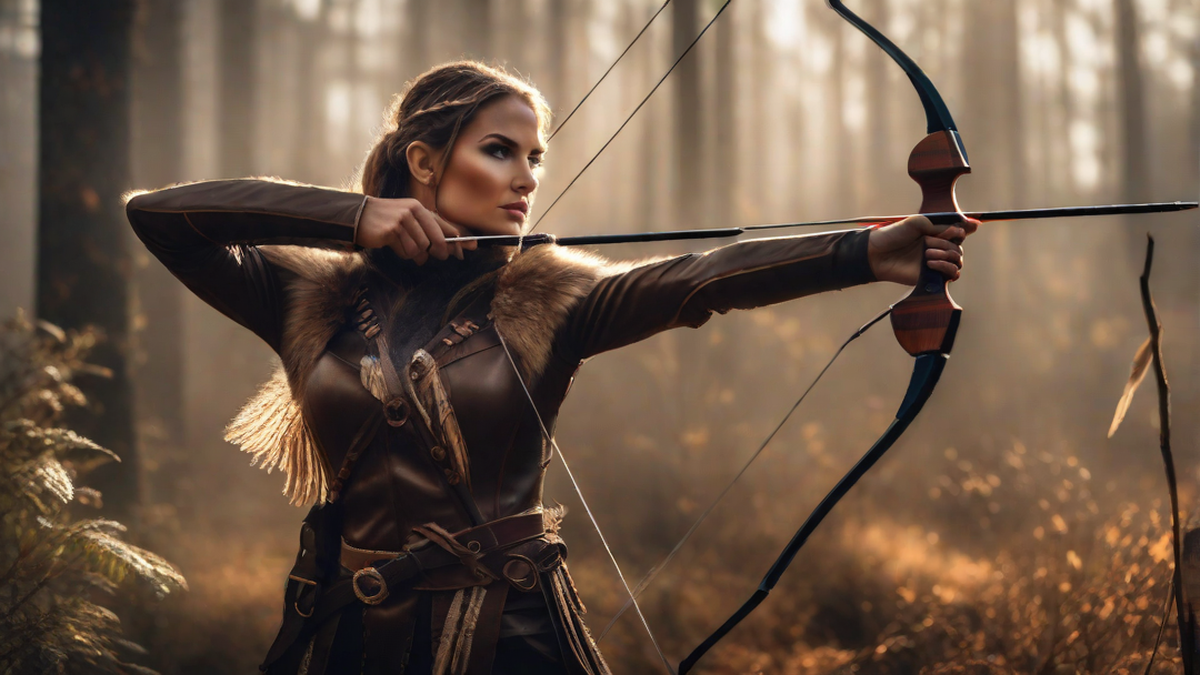A hunting recurve bow is an essential tool for any serious hunter. As an avid bowhunter myself, I can attest to the thrill and satisfaction of taking down game with a recurve bow. Unlike modern compound bows, which rely on intricate pulley systems and complex mechanisms, a recurve bow is a traditional and elegant weapon that has been used for centuries.
What sets a recurve bow apart is its design. It features a simple yet effective shape, with limbs that curve away from the archer when the bow is unstrung. This curvature gives the bow its name and provides several advantages over other types of bows. The construction of a recurve bow allows for greater power and speed, making it ideal for hunting.
One of the key benefits of a recurve bow is its portability. Unlike compound bows, which often require accessories and additional components, a recurve bow is lightweight and can be easily carried on long treks through the wilderness. This makes it the perfect choice for hunters who value mobility and freedom of movement.
When it comes to accuracy, a recurve bow demands skill and precision from the archer. Without the aid of sight pins or mechanical devices, the archer must rely on instinct and practice to consistently hit their target. The simplicity of the recurve bow forces the archer to truly connect with their equipment and develop a deep understanding of its capabilities.
Another aspect that I appreciate about recurve bows is their versatility. They can be used for both small and big game hunting, making them a versatile choice for any hunting enthusiast. Whether you are stalking deer in the woods or pursuing wild turkey in open fields, a recurve bow offers the power and accuracy needed to bring down your prey.
Now, let’s talk about a few technical details. One important consideration when choosing a recurve bow is the draw weight. This refers to the amount of force required to pull back the bowstring and is usually measured in pounds. As a general guideline, a draw weight of 40-50 pounds is suitable for hunting small to medium-sized game, while a draw weight of 50-70 pounds is recommended for larger game such as elk or bears.
Another factor to consider is the length of the bow. For hunting purposes, a recurve bow with a longer length, typically around 58-62 inches, is preferred. This longer length provides a smoother draw and increased accuracy, making it easier to hit your target consistently.
When it comes to choosing arrows for your recurve bow, it’s important to select arrows that are specifically designed for traditional bows. These arrows are typically made from wood or carbon and are available in a variety of spine sizes to match the draw weight of your bow. Additionally, you’ll want to choose broadheads that are suitable for hunting, such as expandable or fixed-blade broadheads.
Conclusion
Hunting with a recurve bow is a rewarding and challenging experience. It requires dedication, practice, and a deep respect for the outdoors. As a traditional and timeless weapon, a recurve bow connects us to the ancient art of hunting and allows us to experience the thrill of the hunt in its purest form. So, if you’re looking to step away from modern technology and embrace the simplicity of traditional archery, I highly recommend giving a hunting recurve bow a try.
